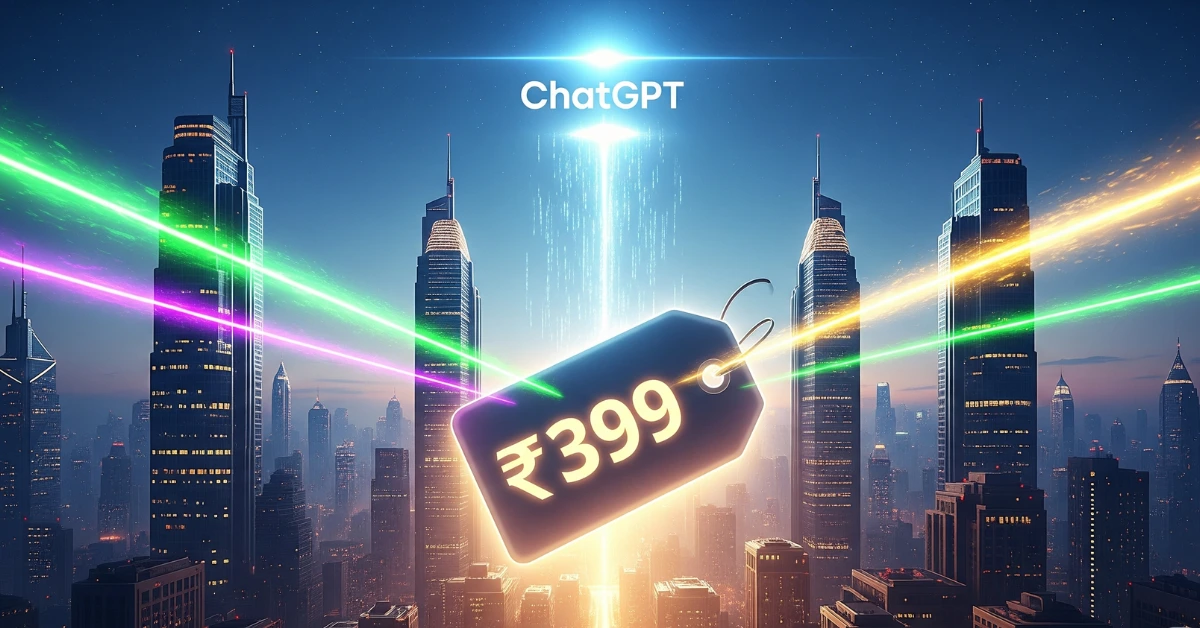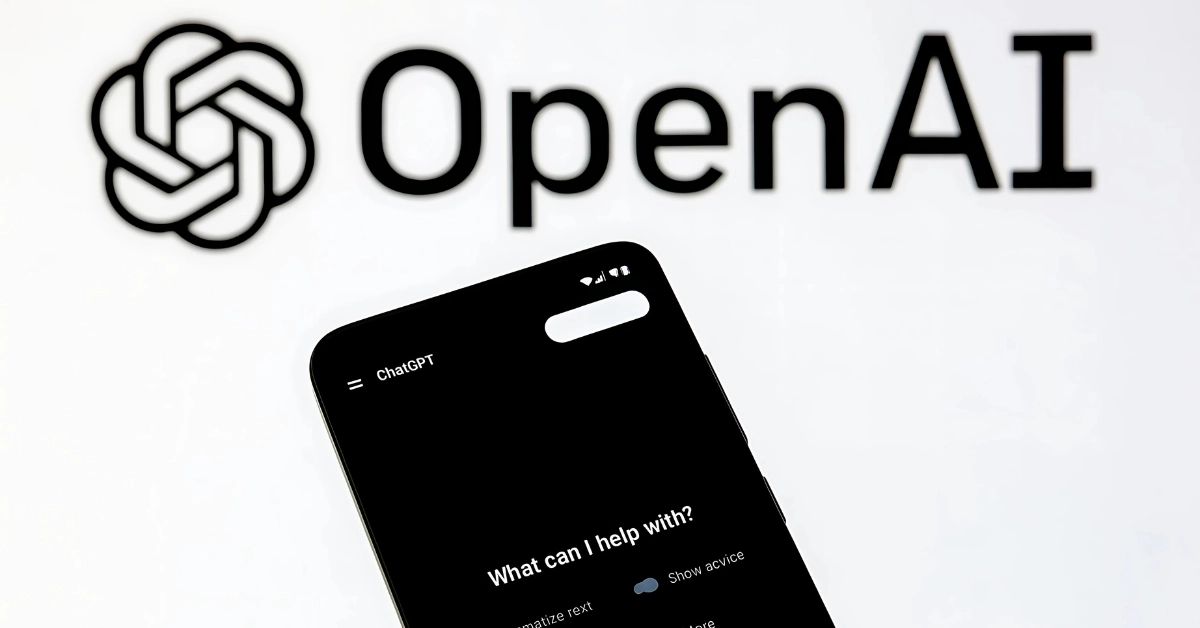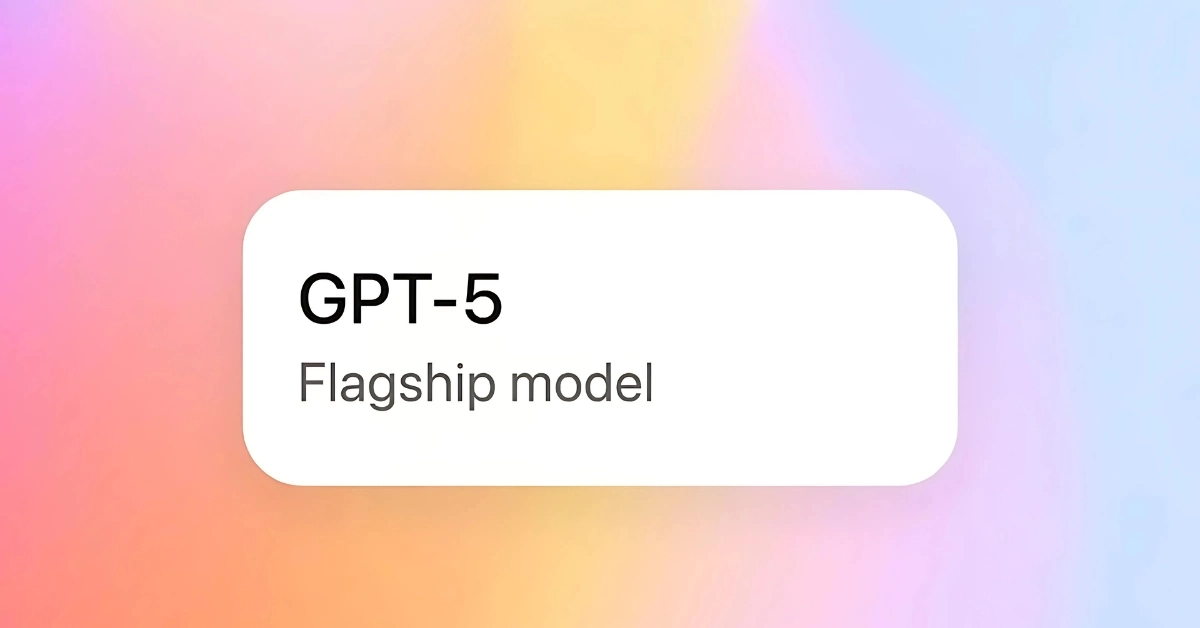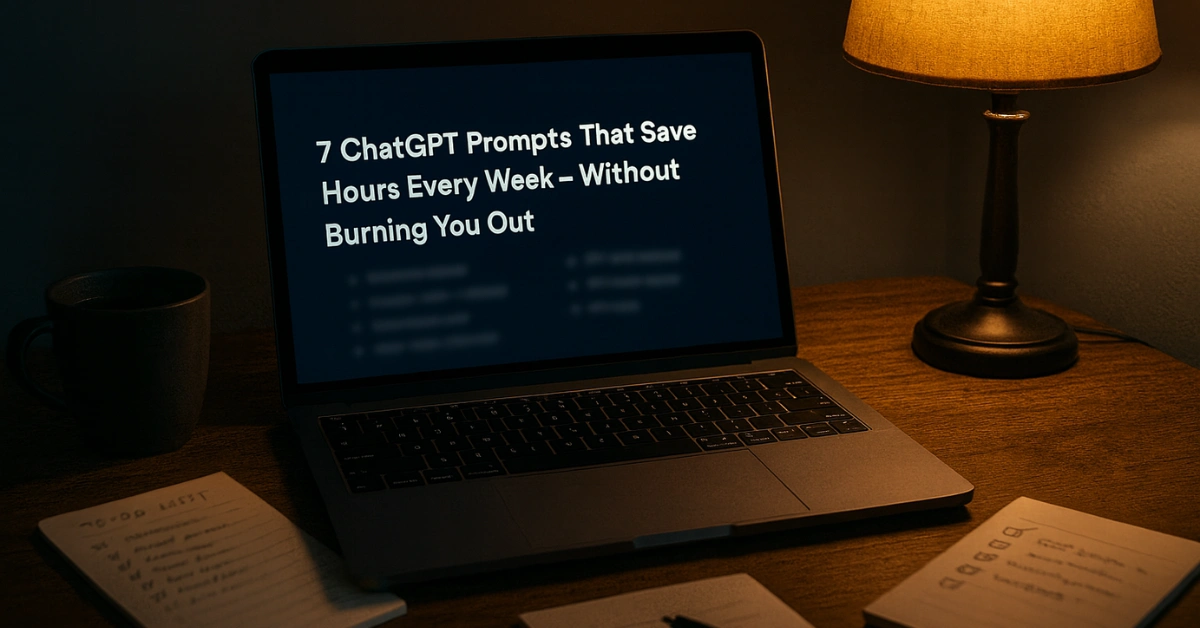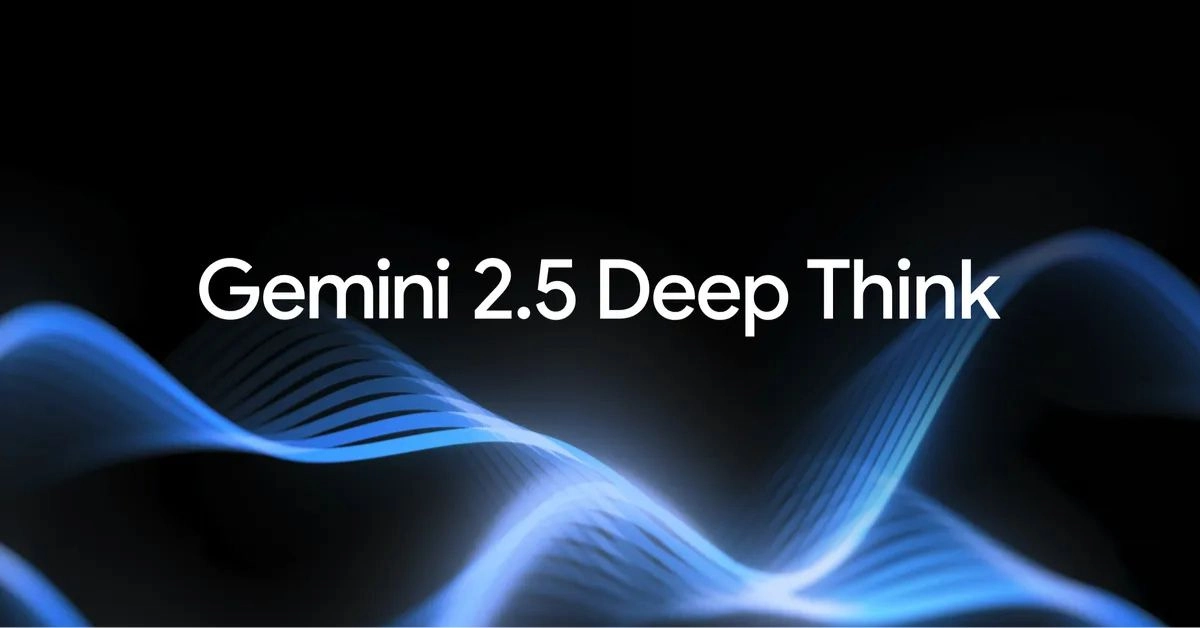By Mohit Singhania | June 2025 | TechMasala.in Original
This Isn’t Just About AI. This Is About Who Gets to Think for Us.
Let’s not sugarcoat it — we’ve been passengers in the tech race for too long.
We used search engines that didn’t know our languages. We typed into apps that didn’t understand our emotions. We followed rules written by systems that didn’t grow up here.
And for a while, we were okay with that. We adjusted. We made do. Because we thought we didn’t have a choice.
But now? The next wave isn’t just another tool. It’s intelligence itself. It’s the thinking layer. The interpreter. The judge.
And if we don’t build our own AI, we’ll end up living under the mind of someone else’s machine.
The IndiaAI Mission: When the Government Finally Said “Let’s Build Our Own Brain”
Not long ago, even India’s top tech minds were skeptical.
“Let the big boys in Silicon Valley spend billions. We’ll use their models smartly.” — Nandan Nilekani, 2024 (Source)
And to be honest, he had a point. Why spend ₹10,000 Cr to reinvent the wheel when OpenAI is already ten laps ahead?
Then, DeepSeek-R1 happened. China built its own large language model for less than $6 million (CNBC). Suddenly, the whole “too expensive” argument collapsed.
If China could do it, so could we.
And that’s when India woke up.
Enter the IndiaAI Mission
In January 2025, the Indian government launched the ₹10,037 crore IndiaAI Mission — not just a funding scheme, but a bold declaration:
We’re not just using AI. We’re building it.
For India. In India. By Indians.
This mission isn’t about one company or one model.
It’s about creating the entire ecosystem — from chips to datasets, from voice to vision — that understands India.
And the cavalry has arrived.
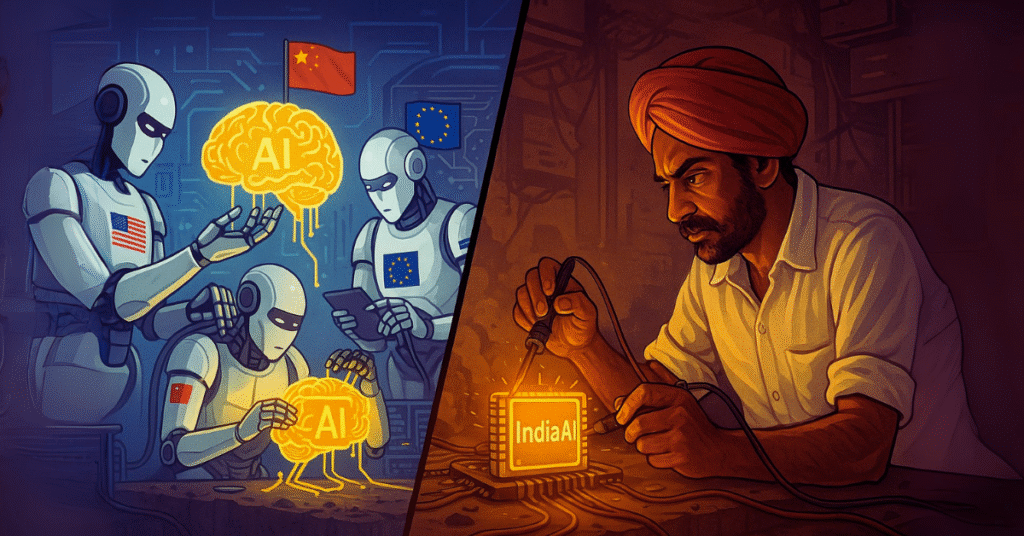
Meet the Indian AIs Building the Future — In Our Voice
This isn’t one startup doing a demo for headlines.
This is an army — each bringing something unique to the table. Each solving a very Indian problem.
Let’s break it down:
IIT Madras & AI4Bharat
While others were debating on LinkedIn, IIT Madras quietly became the brain behind India’s language AI movement.
Their team at AI4Bharat has been building language models from scratch — not just for Hindi and Tamil, but Assamese, Bhojpuri, Manipuri and beyond.
“We don’t want AI that sounds Indian. We want AI that thinks Indian,” — said Prof. Mitesh Khapra of IIT Madras in a January 2025 interview.
They’re working on speech, translation, OCR, and foundational models that can handle India’s multi-script chaos — from Devanagari to Malayalam — without melting down.
Sarvam AI: India’s Full-Stack AI Startup
This isn’t a startup trying to fine-tune OpenAI and call it a day.
Founded by Pratyush Kumar and backed by Peak XV, Sarvam AI is building everything from scratch — the data, the models, the training pipeline.
Here’s what they’ve done:
- Sarvam-1: 2B parameter base model — for foundational tests.
- Sarvam-M: 24B hybrid model with serious reasoning skills — built on Mistral, trained on Indian data.
- Coming Soon:
- Sarvam-Large: For deep policy, legal, and multilingual comprehension
- Sarvam-Small: Fast and real-time for mobile use
- Sarvam-Edge: Works offline — imagine rural health centers using this AI without needing internet
“We didn’t want to build wrappers around GPT. We wanted to prove India can build its own AI from the ground up.”
— Pratyush Kumar, Sarvam AI
Gnani.ai: Making Voice AI Speak Like Us
Gnani is tackling a totally different problem — voice. They’re building a multilingual speech model that can:
- Understand Indian accents across Hindi, Telugu, Tamil, Kannada, Bengali, and more
- Transcribe voice input in real time
- Generate human-like spoken responses in regional tones
Use-cases?
- Call center bots that actually get what you’re saying
- Government helplines that respond in your dialect
- School apps that teach spoken English and Hindi side-by-side
- Real-time transcriptions in courtrooms and newsrooms
They’re building a 16B parameter Voice AI model — ready in 6–8 months.
“We’re not building voice AI for tech demos. We’re building it for your phone, your parents, your farmer helpline.”
— Ganesh Gopalan, CEO, Gnani.ai
Soket AI: The Open-Source Giant in the Making
Soket is India’s bet on transparency.
They’re building a 120B parameter LLM — fully open-source, multilingual, and free to use.
Their 7B model is due soon. Full launch in under a year.
“LLMs shouldn’t be black boxes. India needs powerful models the public can trust and improve.”
— Abhishek Upperwal, Founder, Soket AI
Imagine college students, civil service aspirants, and startups using this to build their own tools. No strings. No paywalls.
Gan.AI: The Future of Indian Voiceovers
Gan.AI isn’t making Siri clones.
They’re building high-end Text-to-Speech (TTS) models that can:
- Dub a movie in 5 regional languages — in sync
- Read government notices in humanlike tone
- Power virtual teachers that sound like your old Hindi sir from school
Their 70B parameter TTS model is trained to be “superhuman.”
Not robotic. Not flat. But full of character.
And no — they don’t plan to keep it locked behind a SaaS wall.
The Elephant in the Server Room: India’s GPU Crunch
Let’s talk about the one thing that’s quietly holding everything back — compute power.
No matter how smart your researchers are, no matter how brilliant your algorithms — if you don’t have the hardware, you don’t have a model.
And in the world of AI, that hardware means GPUs — the powerful chips that train large language models day and night.
Here’s the brutal truth:
You cannot build a GPT-scale AI without massive GPU infrastructure. And India? We’ve been behind.
Just training one high-end model could cost over $1 billion by 2027, according to estimates from Epoch AI. That’s the scale we’re talking about.
“GPUs are like gold right now. And India has been late to the game.”
— Ganesh Gopalan, CEO, Gnani.ai
But now, at least, we’re catching up.
What’s Changed Recently?
- As of May 2025, the Indian government has officially empanelled 34,333 GPUs under the IndiaAI Mission.
- 15,916 new GPUs have been added to the infrastructure pool — dedicated for training AI models inside India.
- The first four AI startups — Sarvam AI, Gnani.ai, Soket AI, and Gan.AI — have already been approved for compute support under this program.
That’s real progress. But it’s not nearly enough.
Over 500 proposals have been submitted by startups across India. But insiders say maybe a dozen more will get access this year — depending on how fast those GPUs go live.
So yes, the ambition is there. But the scale?
Still catching up.
“For years, we had GPUs but no serious takers. Now we have takers, but not enough GPUs,”
— Aakrit Vaish, former IndiaAI advisor
That’s the push-pull of a country trying to build the future from behind.
What This Means for You (Yes, You)
This isn’t some policy story for Delhi insiders.
This is about what your life will look like 3 years from now.
Ask yourself:
- Will your child’s school app understand Hinglish?
- Will your mother’s health records be read by AI that understands Marathi?
- Will your job interview someday be scored by a model trained in India — or by one that expects American behavior?
If we don’t build our own AI, we’ll live under the rules of someone else’s brain.
What Does “Sovereign AI” Actually Mean?
Let’s cut the jargon. Sovereign AI isn’t just about building tech in India.
It’s about ensuring:
- Your village school doesn’t depend on an American chatbot
- Your government’s decisions aren’t shaped by foreign servers
- Your language doesn’t get erased because it wasn’t “profitable” enough to train
It’s about building intelligence that reflects our mess, our magic, our contradictions.
From Bhojpuri to Bengali. From Dharavi to Darjeeling.
“We can’t afford to be passive users. We must lead. Not with copycat models, but with world models trained for Indian realities.”
— Pranav Mistry, TWO.AI
Masala Meter: What India Gains From This
| Core Issue | Why It Matters for India | What You Can Do |
|---|---|---|
| Sovereign AI | Owning our intelligence means owning our future. No more renting from Big Tech. | Support & share Indian GPT alternatives |
| Voice AI for Bharat | So rural India can talk to AI — in their language, their accent, their way. | Try local tools, recommend them to others |
| The GPU Crunch | No chips = no AI. Without GPUs, we can’t train anything. | Push for compute infra in policy convos |
| Homegrown LLMs | From IITs to startups, India is finally building, not just importing. | Follow these startups, amplify their work |
| Public Data Control | Using foreign AI means risking our data, our minds, our future. | Choose platforms that respect Indian data laws |
India’s AI story has started.
But it’s not written in silicon yet. It’s written in sweat, struggle — and code that finally speaks in our accent.
And the best part?
This time, we’re not just reading the headlines.
We’re writing them.



